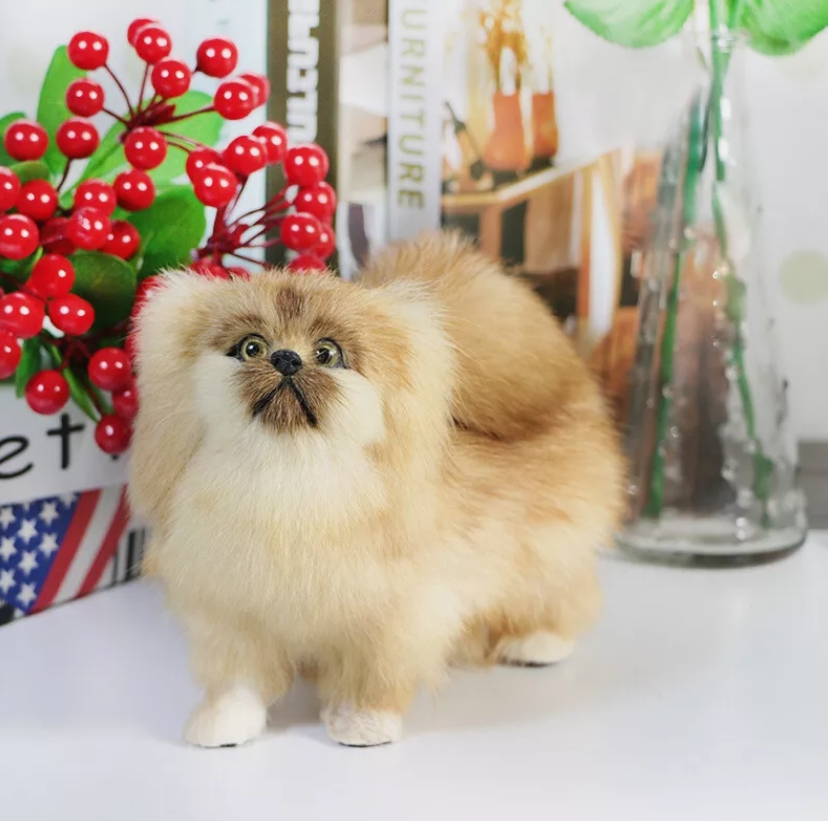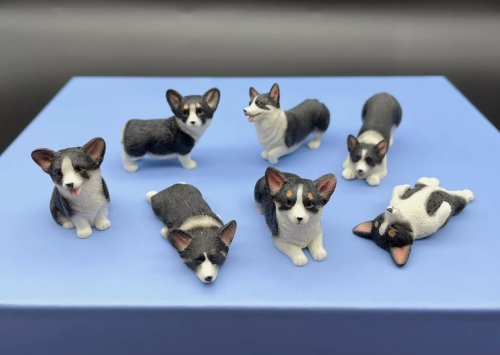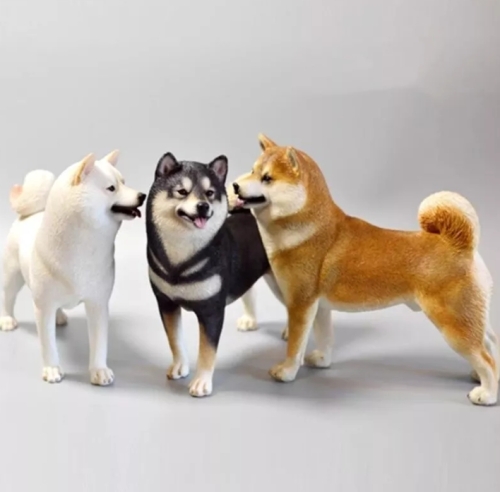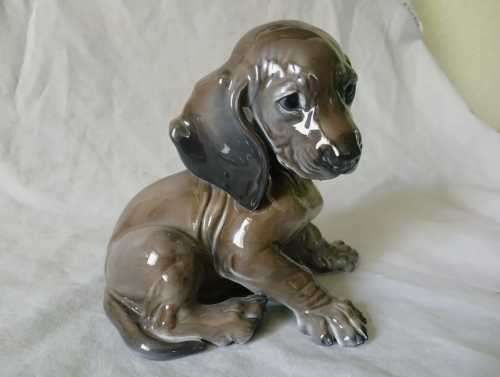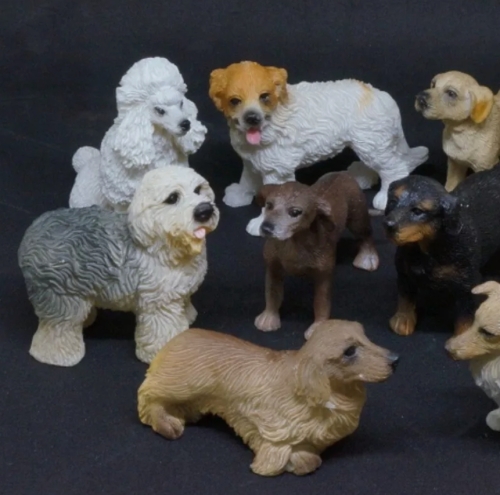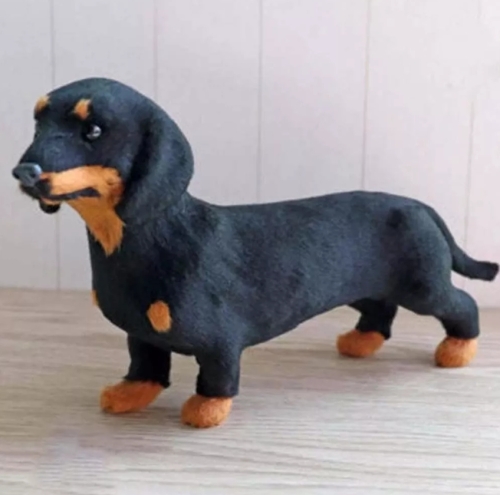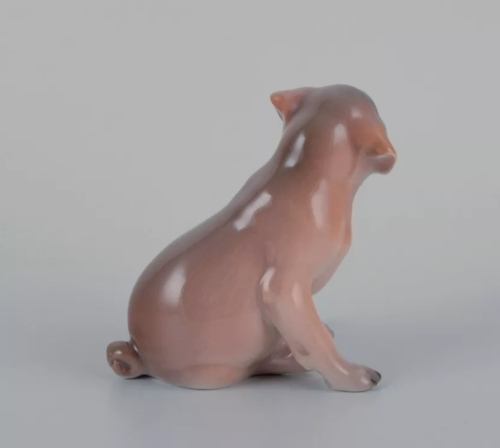As a popular product in the pet industry, puppy models have received more and more attention in recent years. Whether in the family, or in the market, the application of the dog model is rich and diverse, and its charm not only comes from the cute appearance, but also lies in the deep emotion and educational significance it contains.
First of all, the design of the puppy model is usually based on the real puppy, and it is made through fine craftsmanship to present a lifelike image. Their hair, eyes and expressions are carefully manipulated to evoke empathy. Whether as an ornament in the home, or as a toy for children, puppy models can bring pleasant visual enjoyment and emotional resonance. For many children, these models are not only toys, but also part of their childhood, accompanying them through countless happy hours.
Second, the puppy model also plays an important role in education and emotional development. Many parents choose puppy models to help their children understand responsibility and care. In the years of dog ownership experience, children gradually learn how to care for a small life, and the puppy model becomes the object of their practice. Through interaction with the model, children can learn how to feed, clean up and keep company, developing the compassion and responsibility that are so important for their development.
In addition, the puppy model can also give people comfort on a psychological level. In daily life, people will inevitably encounter stress and anxiety, and the puppy model can be a way to release emotions. Whether playing with, placing, or simply looking at these lovely models, you will feel a sense of peace and warmth. For those who cannot keep a real pet for various reasons, the puppy model is an ideal substitute, which can satisfy their desire and emotional sustenance for a pet.

